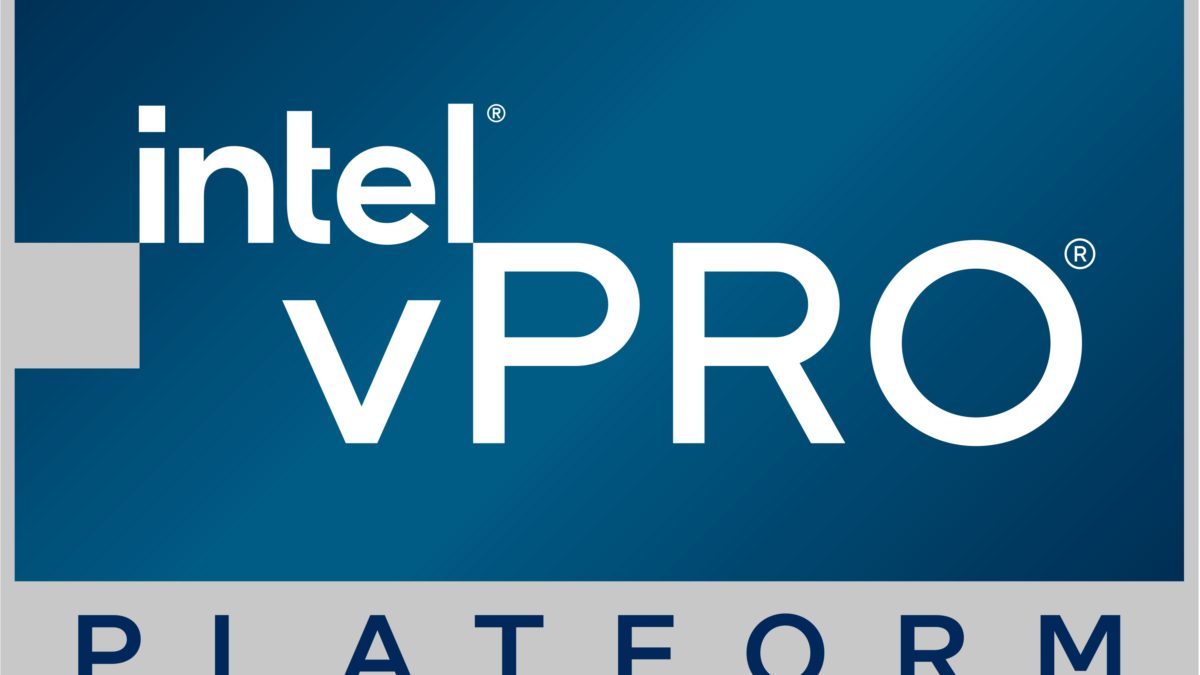In today’s interconnected world, where cyber threats loom large and data breaches are a constant concern, ensuring robust security measures for personal and business computers has become paramount. Intel, a pioneer in computing technology, has introduced Intel vPro as a solution to enhance PC security and management capabilities. But what exactly is Intel vPro, and can it deliver on its promise of bolstering security? Let’s delve into the intricacies of Intel vPro to understand its potential impact on PC security.
Understanding Intel vPro:
Intel vPro is a platform of hardware and technologies designed to provide comprehensive security, manageability, and performance features for business computers. It encompasses a range of technologies, including Intel Active Management Technology (AMT), Intel Virtualization Technology (VT), Intel Trusted Execution Technology (TXT), and Intel Hardware Shield, among others.
At its core, Intel vPro is targeted primarily at enterprise environments where IT administrators need robust tools to efficiently manage and secure a large fleet of computers. However, its features and capabilities can also benefit individual users concerned about the security of their personal computers.
Enhanced Security Features:
One of the primary selling points of Intel vPro is its array of security features designed to safeguard computers against various threats, including malware, ransomware, and unauthorized access. Let’s explore some of the key security components offered by Intel vPro.
-
Intel Hardware Shield:
Intel Hardware Shield provides hardware-based security features that help protect against firmware attacks and malicious code execution. It includes features like hardware-based root of trust, secure boot, and advanced threat detection capabilities, which can significantly enhance the overall security posture of a system.
-
Intel Active Management Technology (AMT):
AMT allows IT administrators to manage and troubleshoot computers remotely, even when the operating system is not functioning correctly or is offline. While primarily aimed at streamlining IT management tasks, AMT’s remote access capabilities can also enhance security by enabling administrators to quickly respond to security incidents and apply patches or updates remotely.
-
Intel Virtualization Technology (VT):
The virtualization technology provided by Intel vPro empowers the creation of isolated environments, known as virtual machines, which can enhance security by isolating potentially vulnerable applications or workloads from the rest of the system. This isolation helps prevent malware from spreading across the system and minimizes the impact of security breaches.
-
Intel Trusted Execution Technology (TXT):
TXT provides hardware-based mechanisms for establishing trust in the execution environment, ensuring that critical system components and processes are protected from tampering or unauthorized access. By creating a secure execution environment, TXT helps mitigate the risk of various types of attacks, including rootkits and malware injections.
Practical Applications in PC Security:
While the security features ffered by Intel vPro are undeniably robust, their effectiveness in enhancing PC security depends on how they are implemented and utilized in real-world scenarios. Let’s explore some practical applications of Intel vPro’s security features and their potential impact on PC security:
-
Protection Against Advanced Threats:
Intel Hardware Shield’s advanced threat detection capabilities can help identify and mitigate sophisticated attacks targeting system firmware and critical system components. By detecting and thwarting such attacks at the hardware level, Intel vPro enhances the overall security resilience of PCs against advanced threats.
-
Remote Management and Patching:
The remote management capabilities provided by Intel AMT enable IT administrators to monitor, manage, and patch computers remotely, even in offline or unresponsive states. This ability to remotely apply security updates and patches ensures that PCs remain protected against known vulnerabilities, reducing the risk of exploitation by malware or malicious actors.
-
Isolation of Critical Workloads:
Intel Virtualization Technology allows for the creating of isolated virtual environments, which can be leveraged to run critical workloads or applications in a secure, sandboxed environment. By isolating these workloads from the host system, Intel vPro helps contain potential security breaches and minimize their impact on the overall system.
-
Enhanced Trust and Integrity:
Intel Trusted Execution Technology establishes a hardware-based root of trust, ensuring the integrity of critical system components and processes. This helps prevent unauthorized tampering or modification of system firmware and ensures that the system boots securely, free from malicious code or unauthorized changes.
Considerations and limitations:
While Intel vPro offers a comprehensive suite of security features, there are certain considerations and limitations that users and organizations should be aware of:
- Compatibility and Integration: Intel vPro features may require specific hardware support and software integration to leverage their capabilities fully. Ensuring compatibility with existing hardware and software infrastructure is essential for maximizing the benefits of Intel vPro’s security features.
- Configuration and Management: Proper configuration and management of Intel vPro features require expertise and resources, particularly in enterprise environments. IT administrators must invest time and effort in setting up and maintaining Intel vPro-enabled systems to ensure optimal security posture.
- Privacy and Data Protection: While Intel vPro focuses on enhancing security, organizations must also consider privacy and data protection implications, especially concerning remote management capabilities like Intel AMT. Implementing appropriate access controls and security measures is crucial to safeguarding sensitive data and ensuring compliance with privacy regulations.
- Cost and ROI: Deploying Intel vPro-enabled systems may involve additional costs, including hardware upgrades, software licenses, and ongoing maintenance expenses. Organizations should carefully evaluate the cost-benefit ratio and assess the return on investment (ROI) of implementing Intel vPro to enhance PC security.
Conclusion:
Intel vPro offers a compelling suite of security features to enhance PC security and manageability, particularly in enterprise environments. From hardware-based protections like Intel Hardware Shield to remote management capabilities provided by Intel AMT, Intel vPro equips organizations with powerful tools to mitigate security risks and safeguard critical systems and data.
While Intel vPro’s security features hold promise for bolstering PC security, their effectiveness ultimately depends on proper implementation, configuration, and management. Organizations and individuals considering the adoption of Intel vPro should carefully assess their security needs, compatibility requirements, and budget constraints to make informed decisions about leveraging Intel vPro’s capabilities for enhancing PC security.


